Webview2 Always Pop Up
What is WebView2?
WebView2 is a web control that enables developers to host web content within their applications. It is based on the latest Microsoft Edge rendering engine, ensuring compatibility with modern web standards and features. WebView2 supports both Win32 C/C++ and .NET applications, providing developers with flexibility in building desktop applications with web capabilities.
Why does WebView2 always pop up?
WebView2 pop-ups occur when the application encounters scenarios that require the user’s attention or interaction with web content. For instance, when a link is clicked within the WebView2 control, a new window or pop-up may appear to display the linked content. These pop-ups are designed to enhance the user experience and provide a seamless browsing experience within the application.
Common scenarios where WebView2 pops up
1. Opening links in a new window: When a user clicks on a link within the WebView2 control, the default behavior is often to open the link in a new window or tab. This can result in a pop-up window being displayed within the application.
2. Opening links in the default browser: In some cases, developers may choose to override the default behavior and open links in the user’s default web browser. This can also lead to pop-up windows or external browser instances being launched.
3. Requesting user input: WebView2 can prompt the user for input in certain scenarios, such as when submitting a form or handling authentication. These prompts can appear as pop-ups within the application.
Security concerns with WebView2 pop-ups
While WebView2 pop-ups serve various useful purposes, they can also pose potential security risks if not properly handled. WebView2 controls may inadvertently display malicious web pages or content, leading to phishing attacks or unauthorized access to user data. Therefore, it is crucial for developers to implement appropriate security measures and handle WebView2 pop-ups securely.
How to disable WebView2 pop-ups
If WebView2 pop-ups are not required or if there are security concerns, developers can disable them within their applications. The WebView2 runtime provides several methods and properties that allow for controlling pop-up behavior.
1. WebView2.Suspend: By suspending the WebView2 control, developers can prevent any pop-up windows from appearing. This can be useful when the application should not allow any external content or interactions.
2. WebView2.NewWindowRequested event: Developers can handle the NewWindowRequested event to prevent pop-ups by canceling the event or implementing custom behavior. By canceling the event, the WebView2 control will not display any new windows or pop-up requests.
3. WebView2.BrowserNewWindowRequested event: Similar to the NewWindowRequested event, the BrowserNewWindowRequested event allows developers to handle new window requests and customize the pop-up behavior. This event is triggered when the WebView2 control attempts to open a new window.
How to customize WebView2 pop-ups
Developers have the flexibility to customize WebView2 pop-ups to align with the overall application design and user experience. Customization options include controlling the size, position, and appearance of pop-up windows.
1. WebView2.NewWindowRequested event: Developers can handle this event to create a custom pop-up window within their application, allowing them to control the window’s location, size, and other properties.
2. WebView2.NewWindowRequestedEventArgs: By accessing the NewWindowRequestedEventArgs object, developers can extract information about the requested pop-up window and modify its properties. This enables the customization of pop-up behavior.
Developing applications with WebView2 pop-ups in mind
When developing applications that include WebView2 pop-ups, it is essential to consider the following best practices to ensure a smooth user experience and maintain security standards:
1. Handle pop-up requests appropriately: Carefully consider each pop-up request and ensure it aligns with the intended functionality of the application. Prompt the user with informative messages when interacting with external web content.
2. Implement secure authentication mechanisms: When handling authentication within WebView2 pop-ups, make sure to use secure protocols, such as OAuth, and validate user input to prevent potential attacks.
3. Regularly update WebView2: Stay up to date with the latest WebView2 releases and security patches. Microsoft frequently updates WebView2 to address security vulnerabilities and improve performance.
Future developments and updates for WebView2
Microsoft is actively working on enhancing WebView2 and introducing new features based on user feedback and requirements. Some upcoming features include:
1. WebView2 tabs: Microsoft plans to introduce tabbed browsing within WebView2 controls, enabling users to navigate between multiple open web pages within an application.
2. Preventing new window requests: A future update will provide developers with more control over new window requests, allowing them to determine whether a new window should be permitted or blocked.
3. Opening links in the default browser: Developers will be able to configure WebView2 to always open links in the user’s default web browser, reducing the need for pop-up windows.
In conclusion, WebView2 is a powerful tool that enables developers to seamlessly integrate web content into their applications. While WebView2 pop-ups can enhance user experience, it is important to handle them securely and tailor their behavior according to application requirements. By following best practices and staying informed about future developments, developers can make the most of WebView2 and deliver high-quality applications with efficient pop-up behaviors.
FAQs:
Q: How can I disable WebView2 pop-ups in my application?
A: WebView2 pop-ups can be disabled by suspending the WebView2 control or handling the NewWindowRequested event to cancel pop-up requests.
Q: Are WebView2 pop-ups a security concern?
A: WebView2 pop-ups can potentially be a security concern if not handled properly. Developers should implement necessary security measures and validate external web content before displaying it.
Q: Can I customize the appearance of WebView2 pop-ups?
A: Yes, developers can customize WebView2 pop-ups by handling the NewWindowRequested event and modifying the properties of the pop-up window.
Q: What are some future developments for WebView2?
A: Microsoft is planning to introduce tabbed browsing, more control over new window requests, and the ability to open links in the default browser in future updates of WebView2.
How To Stop Microsoft Edge From Opening Automatically
Keywords searched by users: webview2 always pop up webview2 suspend, webview2 newwindowrequested, webview2 open link in new window, webview2 close window, webview2 open link in default browser, webview2 tabs, webview2 prevent new window, add_newwindowrequested
Categories: Top 11 Webview2 Always Pop Up
See more here: nhanvietluanvan.com
Webview2 Suspend
In the world of web development, WebView2 is becoming an increasingly popular option for seamlessly integrating web content into native applications. It harnesses the power of web technologies to provide a rich and interactive web browsing experience within your application. WebView2 is built on the Chromium rendering engine, which ensures compatibility with modern web standards and offers enhanced performance.
One key feature that WebView2 brings to the table is the ability to suspend and resume web content. This feature allows developers to temporarily halt the webpage’s execution, offering benefits such as improved performance, efficient resource management, and reduced energy consumption. In this article, we delve into the details of WebView2 suspend, exploring its advantages and how it can be effectively utilized.
What is WebView2 Suspend?
WebView2 suspend is a mechanism that enables developers to temporarily pause the execution and rendering of web content within the WebView2 control. With a simple API call, developers can suspend the web content, freezing its state until they decide to resume it. During this suspension, the webpage effectively goes into a “hibernation” mode, conserving system resources and reducing overall CPU and memory usage.
Advantages of WebView2 Suspend
1. Enhanced Performance: One of the primary benefits of WebView2 suspend is its positive impact on performance. By suspending web content when it’s not actively being used, developers can significantly reduce resource usage. This, in turn, enhances application performance, making it more responsive and fluid, especially on devices with limited system resources.
2. Efficient Resource Management: WebView2 suspend allows developers to efficiently manage system resources. When the web content is suspended, it relinquishes its hold on CPU and memory resources, allowing other applications and processes to utilize them. This results in better resource allocation and a smoother overall user experience.
3. Reduced Energy Consumption: In today’s era of mobile computing, battery life is crucial. WebView2 suspend helps conserve battery life by reducing the CPU and memory usage of the WebView2 control when web content is not actively needed. By suspending web content during idle periods, developers can prevent unnecessary energy consumption and prolong device battery life.
4. Seamless Resumption: One of the remarkable aspects of WebView2 suspend is its ability to seamlessly resume web content. Once developers decide to activate the web content again, they can easily resume it using the corresponding API call. This ensures a smooth transition and eliminates any disruption to the user experience.
Best Practices for Using WebView2 Suspend:
To make the most of WebView2 suspend, developers should consider the following best practices:
1. Identify Idle States: It is important to analyze your application’s usage patterns and identify moments when the web content is not actively needed. This could involve scenarios such as when the user navigates away from the WebView2 control, switches to another application, or simply leaves the app idle for a predetermined interval.
2. Implement Intelligent Suspend Logic: Once you’ve identified idle states, implement intelligent logic to trigger the suspend operation. This could be achieved through event handlers, timers, or other triggers specific to your application’s requirements. Carefully managing the suspend and resume operations will optimize system resources and improve performance.
3. Communicate Suspension to Web Content: It is crucial to inform the web content about the suspension. This can be achieved using the WebView2 JavaScript WebView2Environment.notifySuspending API. By triggering this API call before suspending the WebView2 control, you can ensure that the web content reacts appropriately to the suspension, such as pausing timers or animations.
FAQs:
Q: Can I suspend web content indefinitely?
A: While the suspension can be prolonged, it is generally recommended to resume the web content within a reasonable time frame to prevent frustrating user experiences. Long suspensions may lead to the loss of form data, session expiration, or other issues.
Q: Does WebView2 suspend affect network connections?
A: No, WebView2 suspend only suspends the execution and rendering of web content. It does not interrupt network connections, allowing applications to continue receiving data in the background.
Q: Is it possible to suspend multiple instances of a WebView2 control?
A: Yes, developers can suspend multiple instances of WebView2 controls independently, offering enhanced flexibility in managing resources effectively.
Q: How does WebView2 suspend interact with JavaScript timers?
A: When suspended, JavaScript timers are paused, preventing any further execution until the web content is resumed. However, developers can notify the web content before suspending, giving it an opportunity to adjust its behavior accordingly.
In conclusion, WebView2 suspend is a valuable feature in the web development world. Its ability to pause web content execution improves performance, resource management, and energy consumption. By following best practices and utilizing the suspend API effectively, developers can optimize their applications for enhanced user experiences and resource efficiency.
Webview2 Newwindowrequested
In the modern world, web browsing has become an integral part of our daily lives. From online shopping to accessing social media platforms, the internet is used for a multitude of purposes. As a result, developers are increasingly incorporating web browsing capabilities directly into their applications. WebView2 is a powerful tool that allows developers to embed a web browser into their applications, providing users with a seamless browsing experience. One important feature of WebView2 is the NewWindowRequested event, which enables developers to handle requests to open new windows within the application. In this article, we will explore WebView2’s NewWindowRequested feature in depth, discussing its functionality, applications, and potential challenges.
Understanding WebView2 and Its Capabilities
WebView2 is a web browser control library powered by Microsoft Edge Chromium. This technology enables developers to incorporate web browsing functionality directly into their applications, providing users with a unified experience. With WebView2, developers have full control over the appearance, behavior, and functionality of the embedded browser control.
WebView2 is built on the Chromium engine, the same engine that powers the popular Google Chrome browser. This ensures high performance, compatibility, and security when rendering web content within applications. Furthermore, WebView2 provides developers with a range of APIs and events to interact with web content, offering flexibility and customization options.
Introducing the NewWindowRequested Event
The NewWindowRequested event is a key feature of WebView2 that enables developers to handle requests to open new windows within the application. When a user clicks on a link or performs an action that would typically open a new window or tab in a traditional browser, WebView2 triggers the NewWindowRequested event, allowing developers to intercept, control, and handle the request within the application.
This event presents numerous opportunities for customization and integration. Developers can choose to open the requested URL in a new WebView2 instance, providing a seamless browsing experience without requiring users to navigate away from the application. Alternatively, developers can redirect the request to an external browser, effectively handing over control to the user’s default browser. The NewWindowRequested event enables developers to tailor the behavior and functionality of their application’s embedded browser, ensuring a consistent user experience.
Applications and Implementations
The NewWindowRequested event has a wide range of applications and implementations. For instance, consider an application that allows users to browse and purchase products from an online marketplace. When a user clicks on a product listing, the application could intercept the NewWindowRequested event, creating a new WebView2 instance to display the product details. This keeps the user within the application, enhancing usability and encouraging engagement.
Similarly, in an email client application, the NewWindowRequested event can be utilized to open links within the application itself rather than launching an external browser. This facilitates a seamless user experience, providing quick access to web content without interrupting the email reading flow.
Challenges and Considerations
While the NewWindowRequested event is a powerful tool for developers, it does come with its own set of challenges and considerations. One primary consideration is ensuring the security and safety of the application and its users. Opening new windows or web content within the application introduces potential risks such as phishing attacks and malicious scripts. Developers must thoroughly validate the requested URLs and ensure proper security measures are in place to protect users from potential threats.
Furthermore, it is crucial to implement graceful error handling when handling NewWindowRequested events. If a user’s default browser is not correctly configured or available, attempting to redirect the request to an external browser may result in errors or unexpected behavior. Developers should consider alternative actions in such scenarios to avoid frustrating the user.
FAQs
Q: Is WebView2 available for all platforms?
A: WebView2 is currently available for Windows 10 and Windows 7, with support for additional platforms planned for the future.
Q: Does the NewWindowRequested event support pop-up windows?
A: Yes, the NewWindowRequested event allows developers to handle requests for pop-up windows and determine whether to open them within the application or redirect them to an external browser.
Q: Can the NewWindowRequested event be used to block certain URLs?
A: Yes, developers can inspect and validate the requested URLs within the NewWindowRequested event, allowing them to block specific URLs if desired.
Q: Is WebView2 suitable for mobile applications?
A: WebView2 is primarily designed for desktop applications. However, Microsoft offers WebView2 for Windows to support Android and iOS app development with WebView2 Runtime.
Q: Can I customize the appearance of the embedded browser?
A: Yes, WebView2 provides comprehensive customization options, allowing developers to control the appearance, behavior, and functionality of the embedded browser to align with their application’s design principles.
In conclusion, WebView2’s NewWindowRequested event is a powerful feature that enables developers to handle requests to open new windows within their applications. This functionality allows for seamless integration of web browsing, enhancing user experience and engagement. However, developers must carefully consider security and error handling to ensure a safe and reliable browsing environment. WebView2 unlocks endless possibilities for developers, enabling them to create sophisticated and feature-rich applications that seamlessly integrate web content.
Images related to the topic webview2 always pop up

Found 11 images related to webview2 always pop up theme


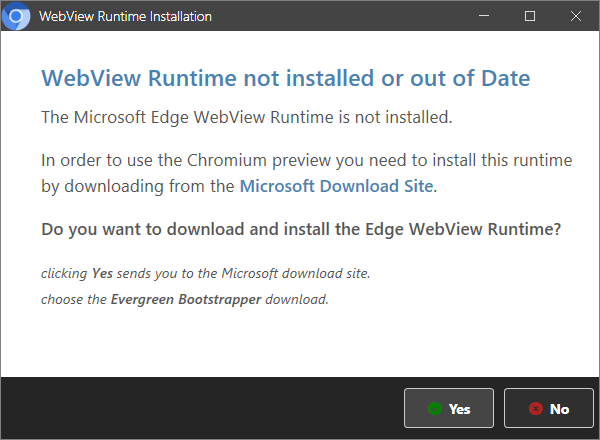



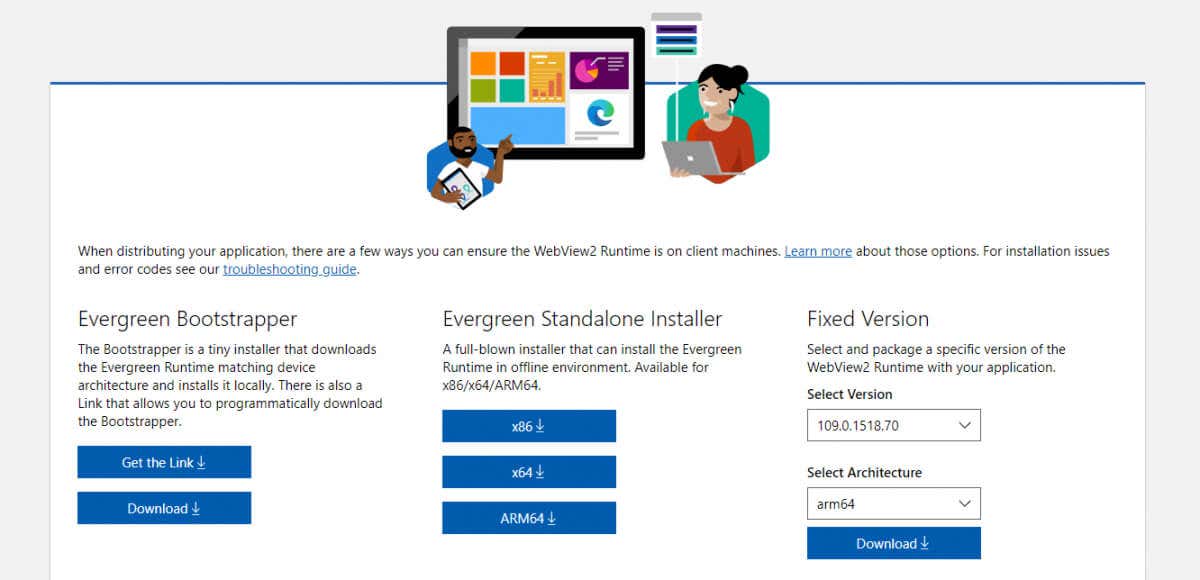


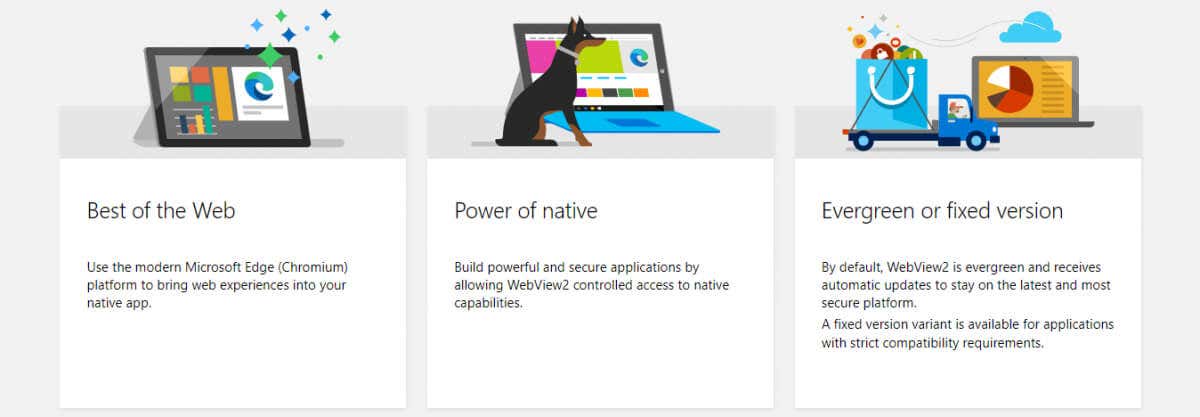

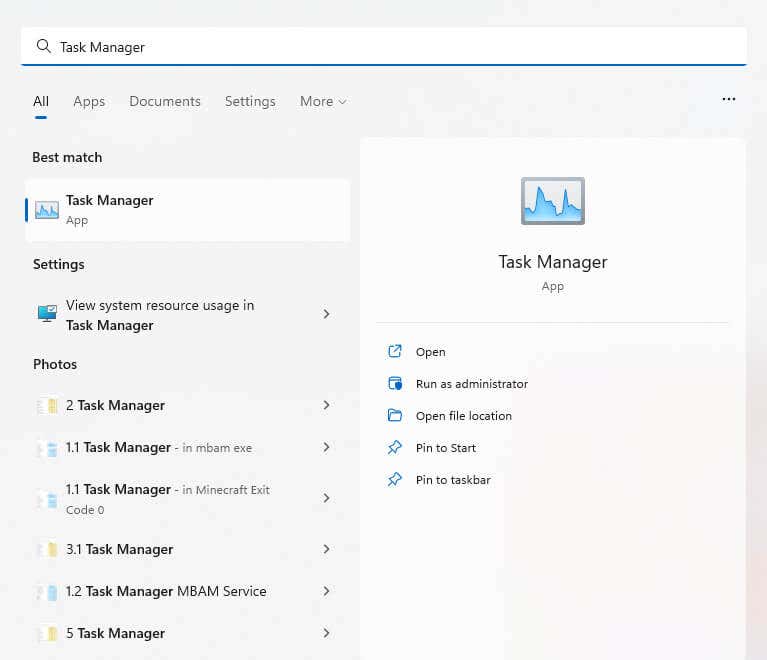



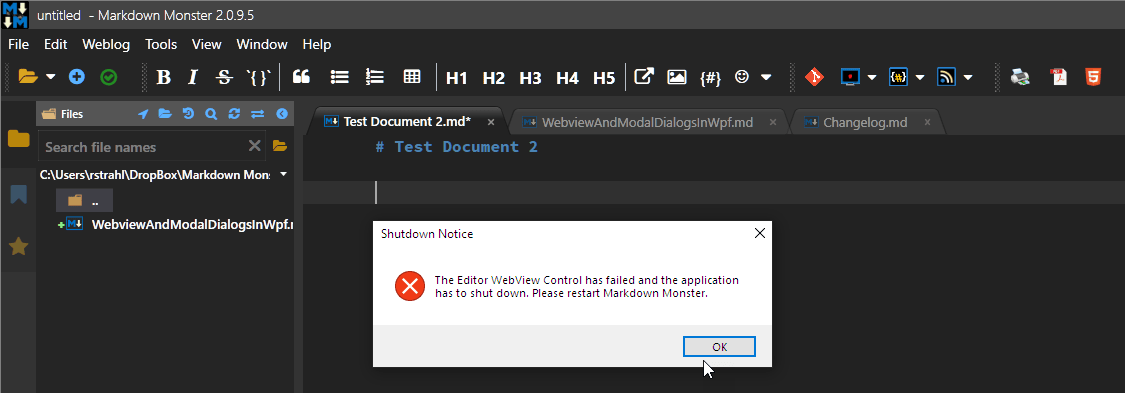
Article link: webview2 always pop up.
Learn more about the topic webview2 always pop up.
- How to prevent WebView2(Edge based) to open a new window
- Allow pop-up windows on specific sites – ADMX Help
- Popuped ToolWindow is displayed behind WebView2
- microsoft edge webview2 randomly playing ads in background
- WebView2 (Chromium) – the PoliteMail Knowledge Base!
- How to repair Webview2 Runtime – Templafy Knowledge Base
See more: https://nhanvietluanvan.com/luat-hoc